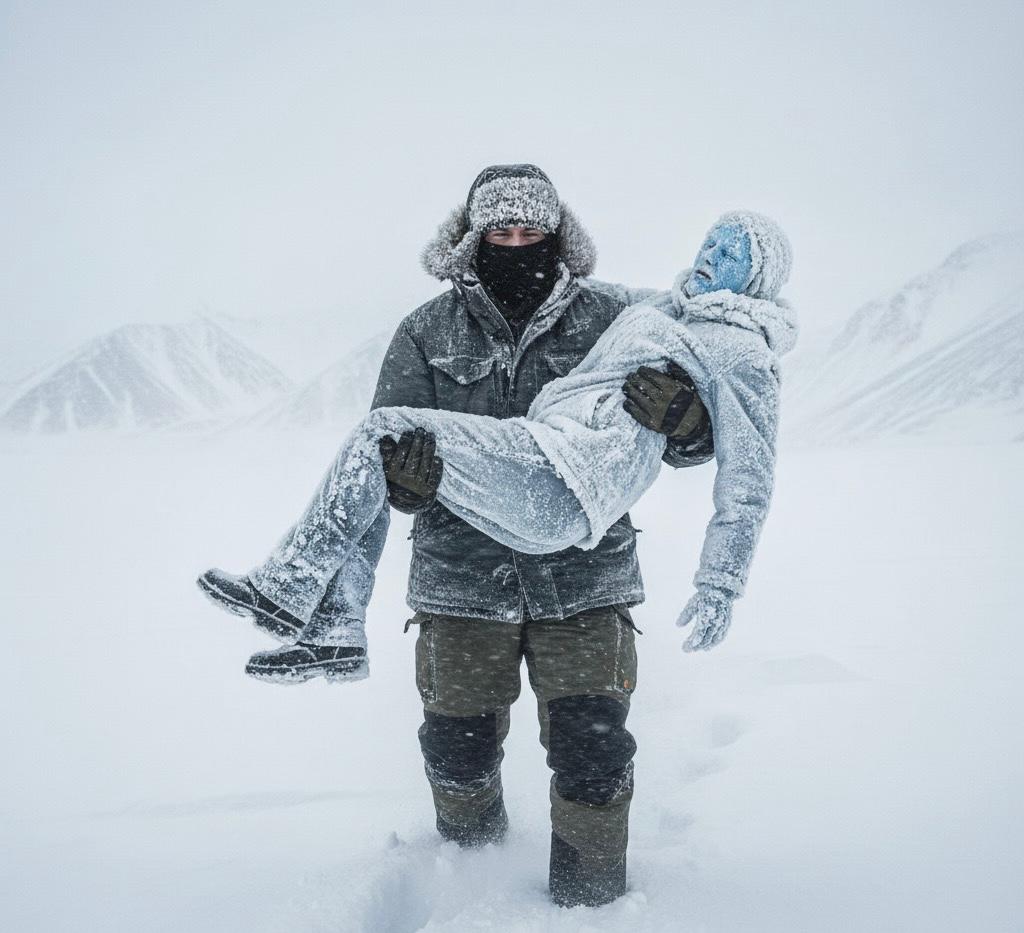The case of Lyle and Erik Menendez, who were convicted in 1996 for the murders of their parents, José and Kitty Menendez, shocked the world. While the Menendez brothers initially claimed that they acted out of fear for their lives due to years of sexual, emotional, and physical abuse by their father, many questions arose about the psychological dynamics that led to the brutal killings. This article explores the psychological elements involved in the Menendez case, focusing on trauma, familial abuse, and the legal ramifications of their defence strategy.
Keywords: Menendez brothers psychology, Familial abuse and trauma, Childhood trauma and violence, Battered child syndrome, Psychological effects of abuse, Fear and hypervigilance, Cycle of violence theory, Menendez case study
Background of the Menendez Case
In August 1989, Lyle and Erik Menendez shot their parents in their Beverly Hills home. While the prosecution argued that the murders were premeditated acts motivated by greed, the defence claimed that the brothers had endured years of severe sexual abuse at the hands of their father, José Menendez. The case became highly publicised, with two trials, during which the brothers’ mental states and the impact of familial abuse were extensively discussed.
Psychological Factors in the Case
1. Childhood Trauma and Abuse
One of the central claims of the Menendez brothers’ defence was that they were victims of long-term sexual, emotional, and physical abuse. Research shows that prolonged exposure to trauma, particularly during childhood, can lead to a range of psychological issues, including post-traumatic stress disorder (PTSD), depression, and dissociative disorders (van der Kolk 2014). Childhood trauma, especially sexual abuse, can distort a child’s perception of relationships, leading to issues with trust, authority, and emotional regulation (Briere & Scott 2015).
Erik Menendez, in particular, testified about the psychological toll that years of abuse had taken on him. According to trauma theory, repeated trauma, especially from a trusted caregiver, can lead to “betrayal trauma,” a specific type of trauma where the victim dissociates or blocks memories to maintain a relationship with the abuser (Freyd 1996). In the context of the Menendez case, this betrayal may have contributed to the brothers’ feelings of helplessness and ultimate violent outburst.
2. Fear and Hypervigilance
The defence argued that the Menendez brothers acted out of fear, believing that their father would kill them after they threatened to expose the abuse. This perceived threat triggered what is known as the fight-or-flight response, a biological reaction to imminent danger. Hypervigilance, a symptom often associated with PTSD, is a state of heightened alertness where the individual is constantly on guard for potential threats (American Psychiatric Association 2013). The Menendez brothers claimed that their actions were a result of this extreme fear, believing that killing their parents was the only way to escape further abuse.
3. Stockholm Syndrome and Familial Power Dynamics
Stockholm syndrome, a psychological phenomenon where victims of abuse develop a bond with their abuser, may have played a role in the relationship between the Menendez brothers and their parents (Namnyak et al. 2008). The combination of love, fear, and dependence on their father created a complex dynamic that left the brothers feeling trapped. This psychological entrapment, compounded by the long-term abuse, might have contributed to their feelings of desperation.
The Role of Familial Influence in Violence
Familial abuse, particularly from a parent, can have long-lasting effects on a child’s psychological development. Studies on cycle of violence theory suggest that individuals who are abused as children are more likely to exhibit violent behaviour later in life, either towards others or themselves (Widom 1989). The Menendez brothers’ case provides a complex example of how extreme familial dysfunction and abuse can lead to tragic outcomes.
Learned Helplessness
In abusive family dynamics, victims often experience learned helplessness, a psychological condition where individuals believe they have no control over their circumstances (Seligman 1975). This helplessness may cause them to feel incapable of escaping the abuse, leading to extreme reactions when they perceive an opportunity for escape. In the case of the Menendez brothers, the ongoing abuse, coupled with their feelings of powerlessness, may have culminated in the murders of their parents.
The Legal Defence: Battered Child Syndrome
The Menendez brothers’ defence hinged on the concept of battered child syndrome (Kempe & Kempe 1984), a form of child abuse where the victim suffers from chronic abuse. While battered woman syndrome is widely recognised in cases involving domestic abuse, the application of this concept to the Menendez brothers’ case was highly controversial. The defence claimed that the brothers’ actions were a direct result of the years of abuse they had endured, drawing parallels to the psychological state of a battered woman who kills her abuser in self-defence.
While battered child syndrome was not widely accepted in court, it raised important questions about how psychological trauma can influence violent behaviour. The case highlighted the limitations of the legal system in addressing the complexities of mental health, particularly in cases involving long-term abuse.
Conclusion
The Menendez brothers’ case is a tragic example of how familial abuse can distort psychological development and lead to extreme behaviours. The trauma they allegedly suffered throughout their childhood profoundly impacted their mental states, contributing to their violent actions. While the legal system struggled to fully integrate psychological theories such as battered child syndrome into their defence, the case remains an important study in understanding the psychological effects of abuse and the role it plays in violent behaviour.
References
- American Psychiatric Association 2013, Diagnostic and Statistical Manual of Mental Disorders (DSM-5), 5th edn, American Psychiatric Publishing, Arlington, VA.
- Briere, J & Scott, C 2015, Principles of trauma therapy: A guide to symptoms, evaluation, and treatment, 2nd edn, Sage Publications, Los Angeles.
- Freyd, JJ 1996, Betrayal trauma: The logic of forgetting childhood abuse, Harvard University Press, Cambridge.
- Kempe, CH & Kempe, RS 1984, The battered child syndrome, University of Chicago Press, Chicago.
- Namnyak, M et al. 2008, ‘Stockholm syndrome: Psychiatric diagnosis or urban myth?’, Acta Psychiatrica Scandinavica, vol. 117, no. 1, pp. 4–11.
- Seligman, ME 1975, Helplessness: On depression, development, and death, WH Freeman, San Francisco.
- van der Kolk, BA 2014, The body keeps the score: Brain, mind, and body in the healing of trauma, Penguin Books, New York.
- Widom, CS 1989, ‘The cycle of violence’, Science, vol. 244, no. 4901, pp. 160–166.
How to get in touch
If you or your NDIS participant need immediate mental healthcare assistance, feel free to get in contact with us on 1800 NEAR ME – admin@therapynearme.com.au.







